|
Today we went up the adjacent hill to the Mirador but before that Yosiel made an important find of a larva on a vine called Mucuna pruriens near the entrance to the hotel. Doug then reared the larva and it turned out to be a Caribbean Yellow-tipped Flasher Telegonus anausis. Larvae have been found previously in Cuba but only on Lablab purpureus (Fabaceae). The finding has been written up and you can read it here. Duviel drove us to the top of the hill from where we explored a bit in the grounds of the rebuilt hotel Castillo en Las Nubes that was largely destroyed by the Hurricane Ike in September 2008. It lay derelict for a few years and last time we were here in June 2015 workmen were just finishing off the rebuild. I presume it opened for business after that but then Covid struck and it has certainly been closed since 2020 and was not yet open for business in August 2022. It is a small hotel with just six rooms and had it been open we would certainly have stayed here as the mothing would have been brilliant. You can see details of our last visit here. We started by exploring the garden here where a Cuban Green Anole Anolis porcatus was hunting butterflies. There were also lots of spiders on one of the conifer trees. I'm not sure of the species but it looks very similar to one that we saw commonly in Costa Rica now called Triconephila clavipes or Golden Silk Spider. There were quite a few butterflies including the endemic Orange-washed Sulphur Phoebis avellaneda though distant. We started walking back down the hill and stopping at various points on the way. And we stopped also for a Bella moth Utetheisa ornatrix but it was slightly breezy which made getting a decent picture difficult. Nearby was a Crotalaria sp plant with a group of eggs on the flower which might well be from the moth as this is the foodplant. I stopped for a while to photograph a Cuban Peewee - a rather frazzled moulting adult feeding a fresher youngster. We saw 50 butterfly species today... .... and found several more species as larvae or eggs. I managed to photograph several Odonata species none of which I could identify at the time being a bit rusty, though I had seen the Antillean Skimmer Orthemis sp before. Having been through Dennis Paulson's books on Dragonflies in the US the first photo seems to be a close match to Erithrodiplax miniscula Little Blue Dragonlet but this doesn't appear on the list that I have for Cuba so I'll have to send this and the other (which Yosiel caught in his net so that I could get pictures before releasing it) to an expert in Cuba for verification.
0 Comments
This species is not an endemic to Cuba as it is also known from Hispaniola. It is an epiphyte with long leaves up to 250mm long. The clustered flowers are found on stems up to 400mm long. In Cuba it found only in the north-east and from the high mountains down to the coast.
Four species of Encyclia are found in Cuba but E. acutifolia is the only one in which the lateral lobes of the labellum are sharply reflexed backwards. Thank you Roberto for the use of your beautiful photo. You can stay at Roberto's beautiful casa Villa Paradiso in Baracoa. Prosthechea boothiana flowers from June to November. It is found throughout most of Cuba in coastal and low humidity forests, always below 200 m. It also grows in central America, Bahamas,
Hispaniola, Florida, Mexico and the Cayman Islands. Thank you Roberto for your beautiful photo. Roberto and his partner have a wonderful casa called Villa Paradiso where people can stay. The Belted Kingfisher is a common winter resident in Cuba. It is found during the summer throughout North America but the birds in northern parts migrate south from the areas where the rivers and lakes freeze over making it impossible for them to catch the fish and water invertebrates on which they feed. It is one of the few birds where the females are more brightly coloured than the males which lack the bright orange tones on the flanks and band across the breast. Here in Britain this is an extremely rare bird and indeed the fact that it is able to cross the Atlantic is amazing. There have been just eleven records in the UK to date, and more in Ireland and Spain. The first was back in 1979 in Cornwall and I and a few friends went down to see it. I suspect this picture above is a first winter female as it has started growing a few orange feathers on its flanks. All these wonderful pictures were taken in Matanzas, Cuba recently by Yadiel Veunes Alonso. Well done Yadiel.
|
Welcome to our Blog
Here we will post interesting news about what we and others have seen in Cuba. Archives
July 2024
Categories |
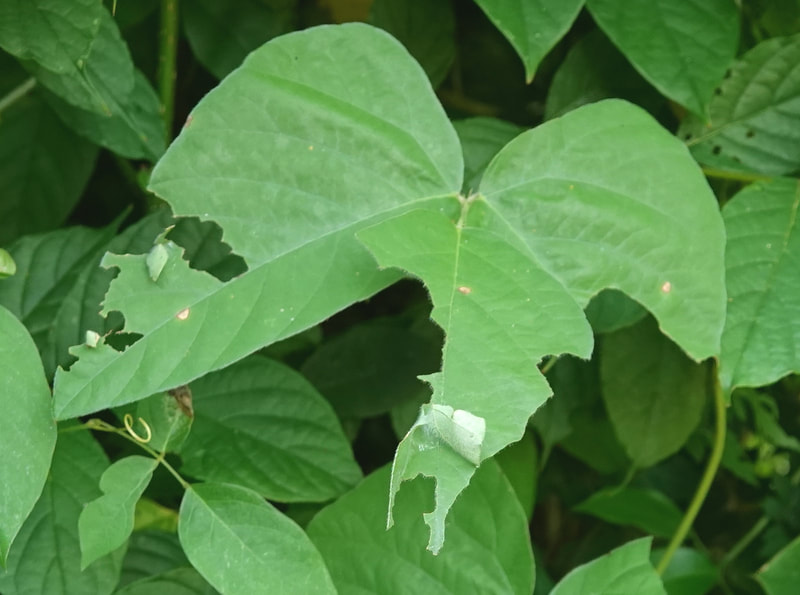
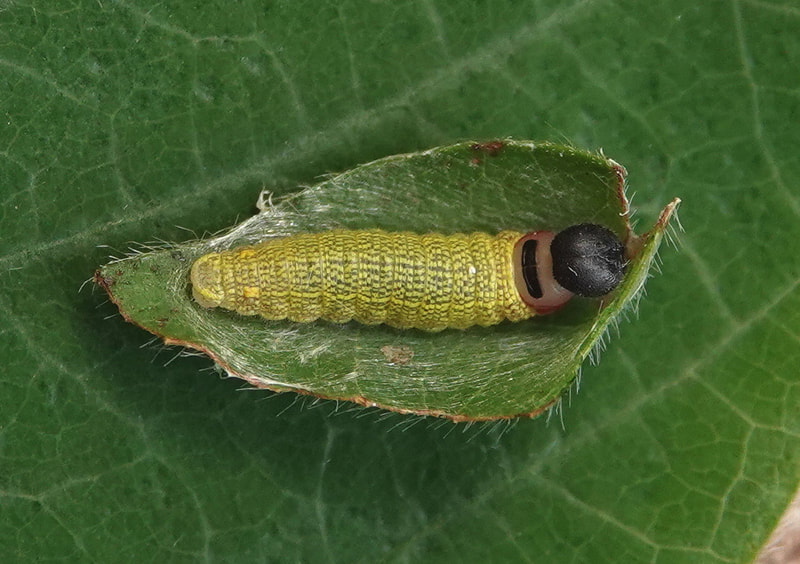
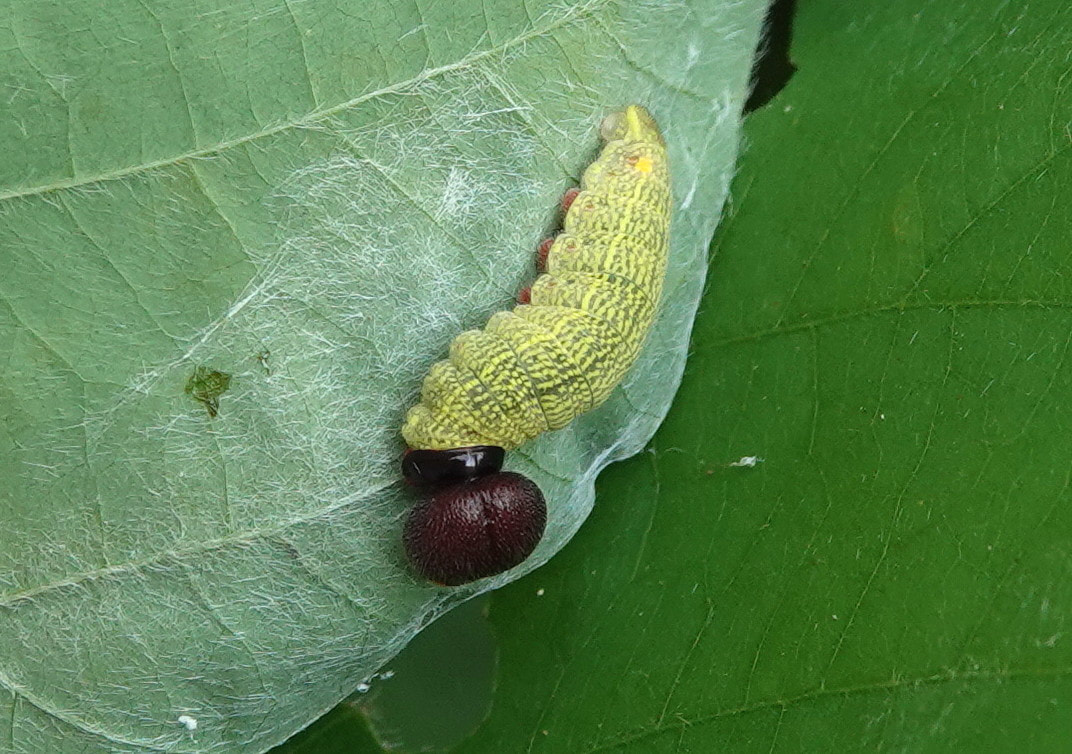
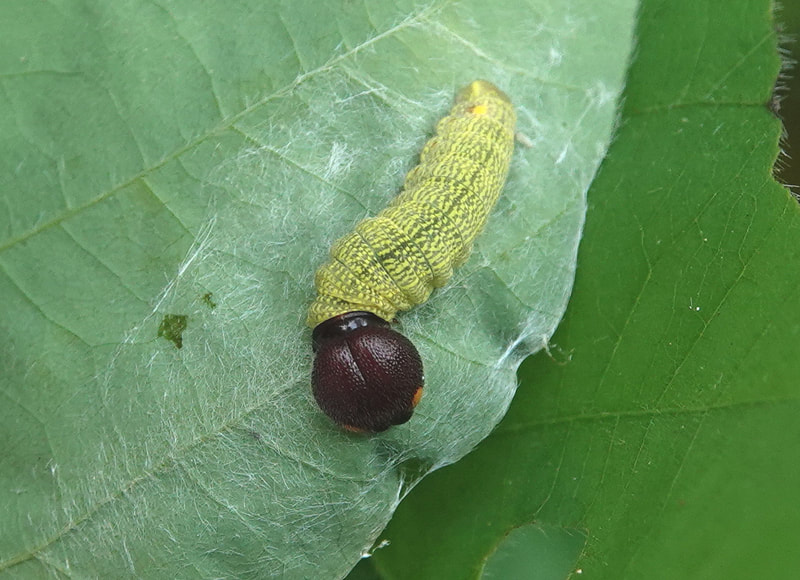
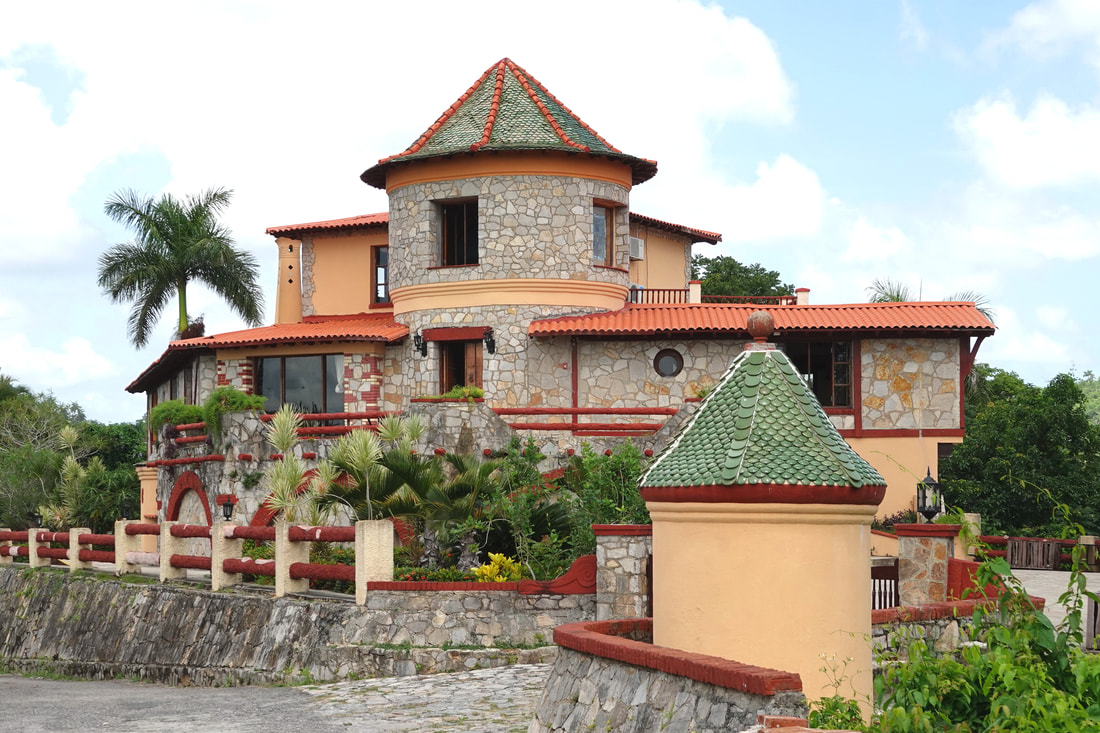
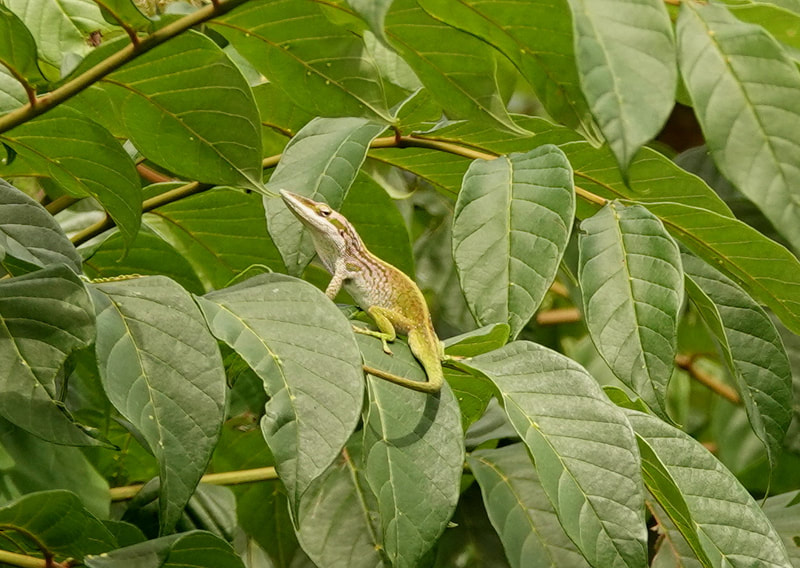
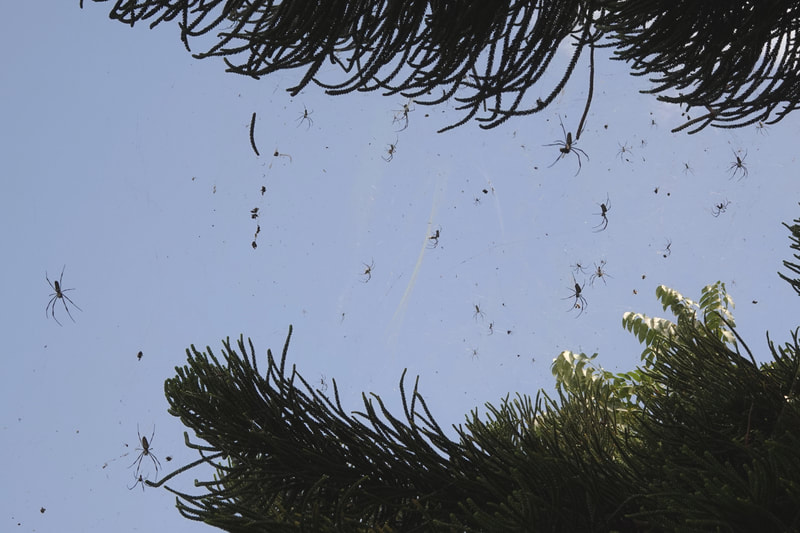
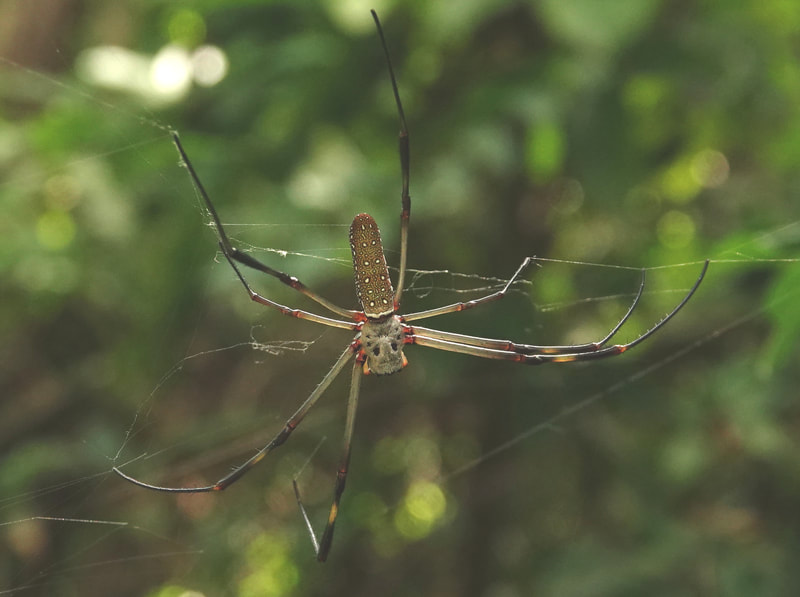
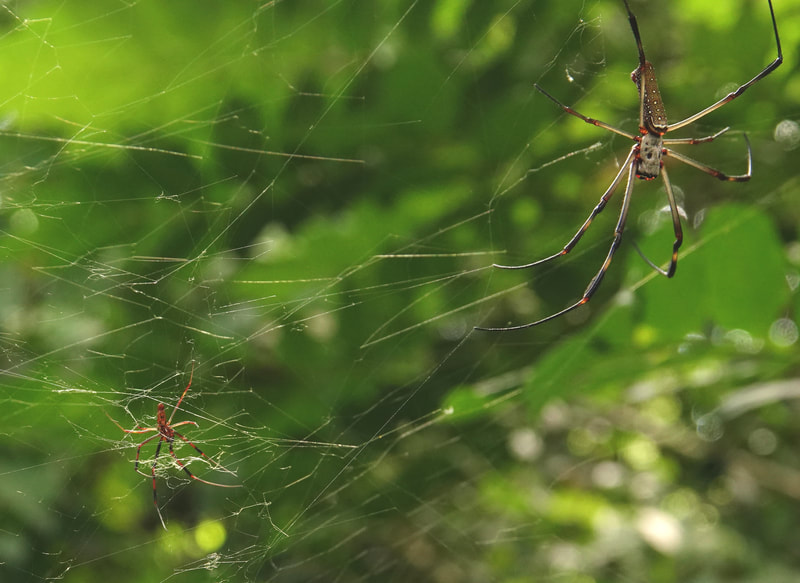
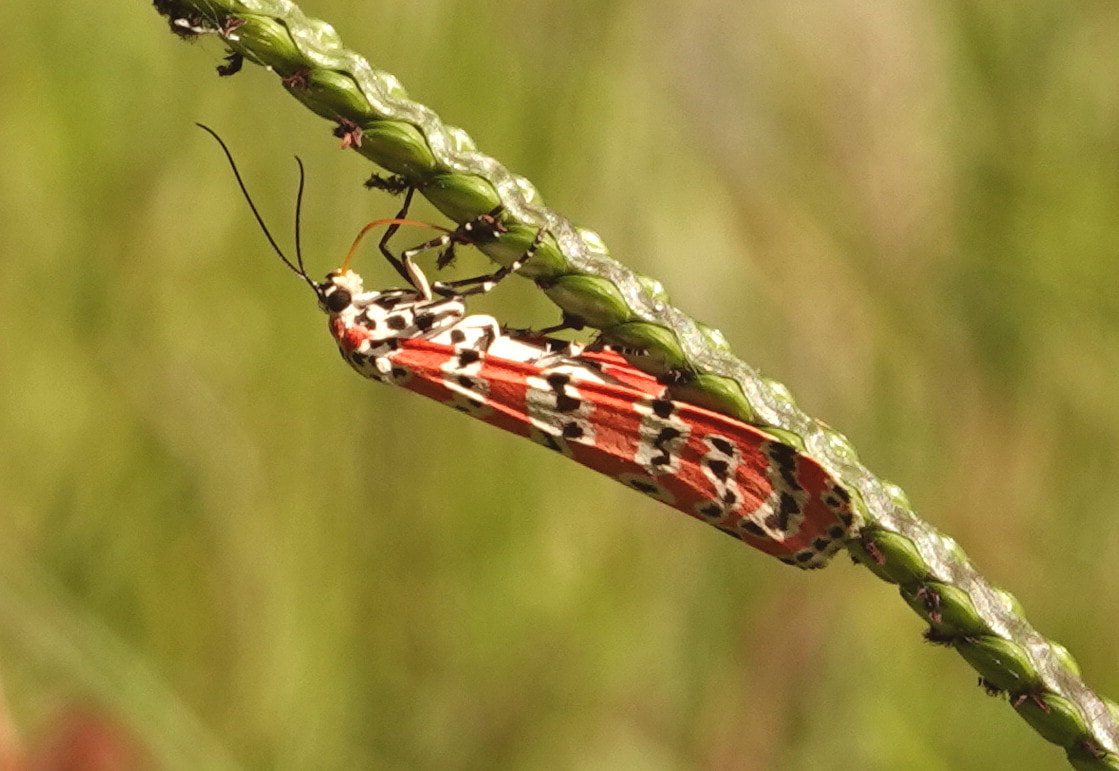
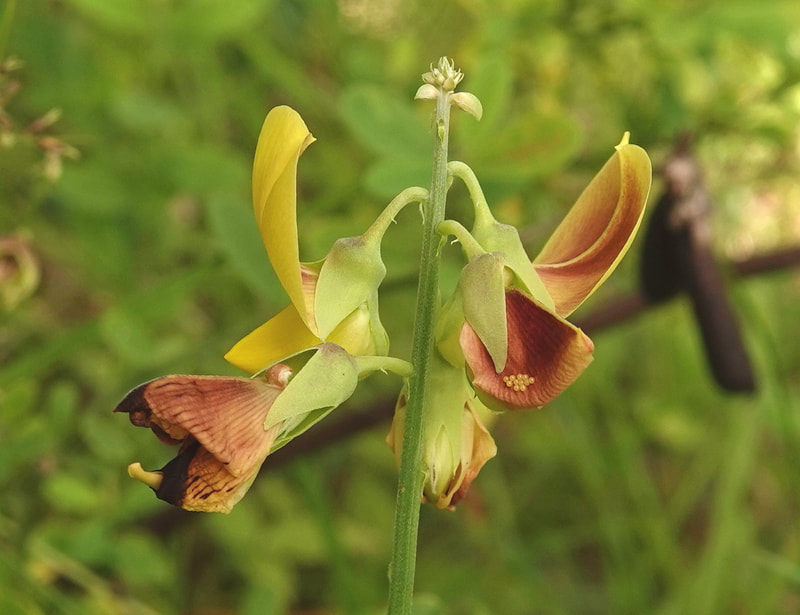
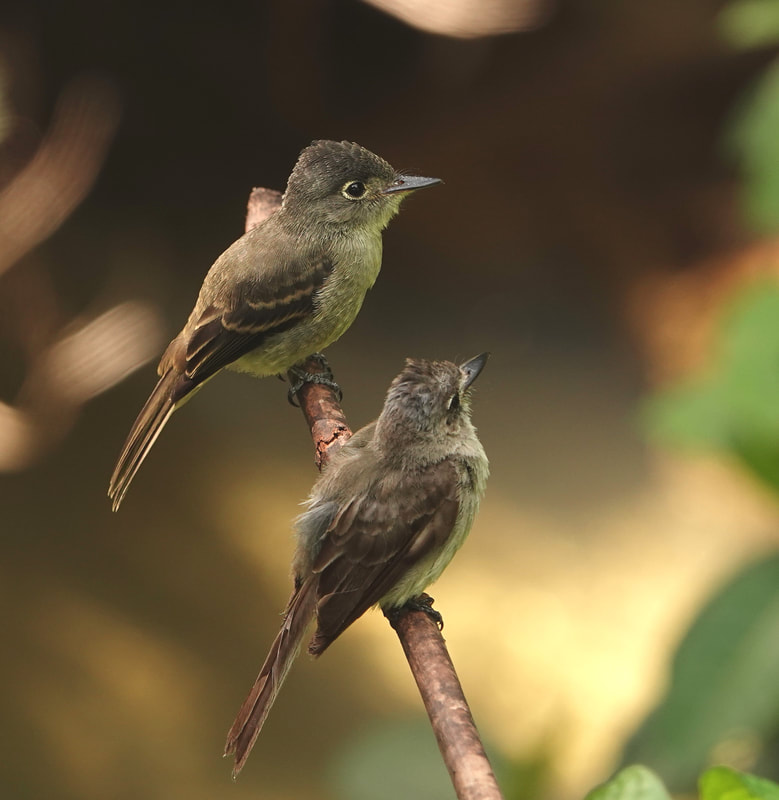
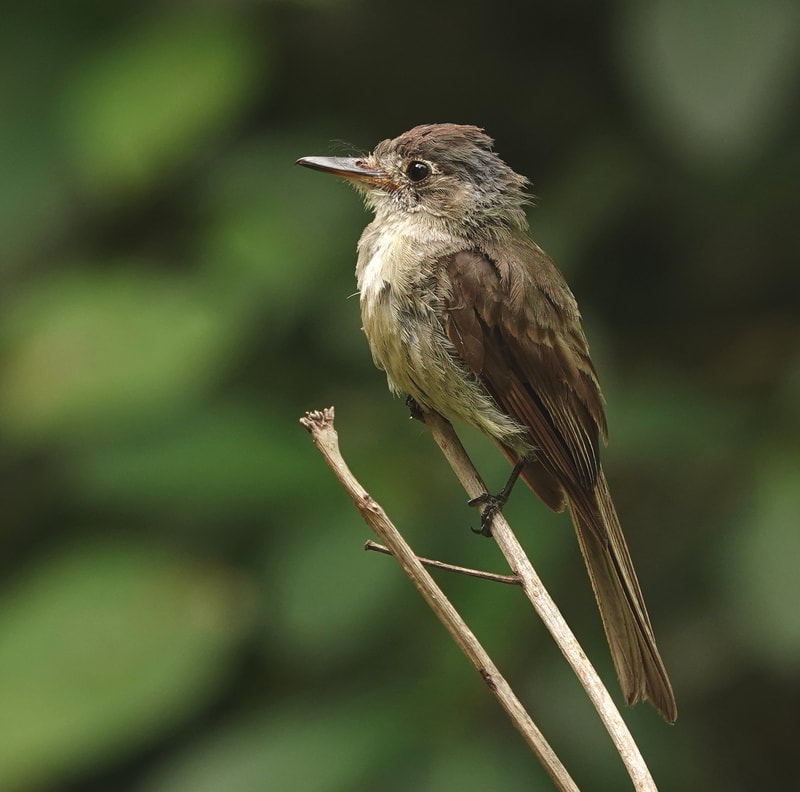
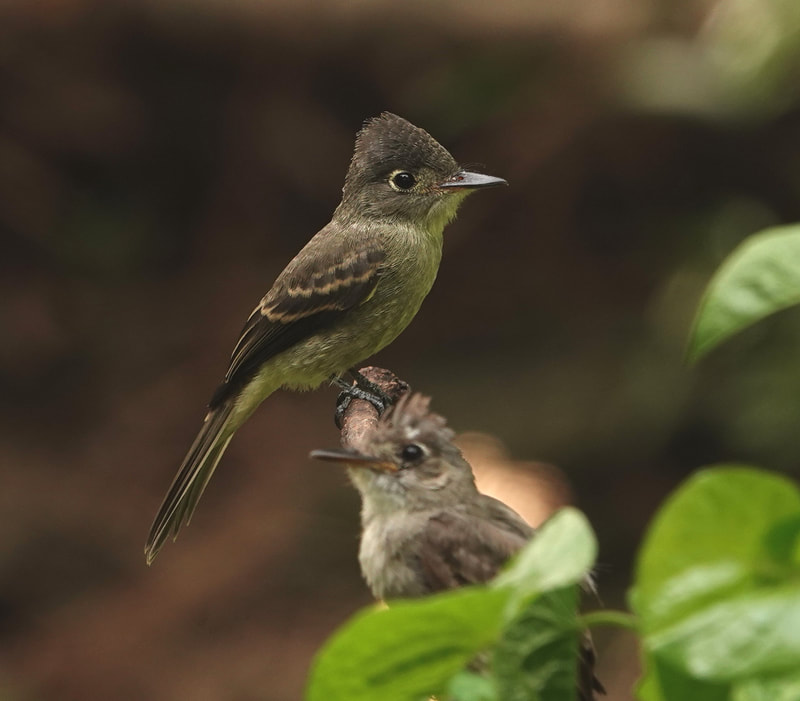
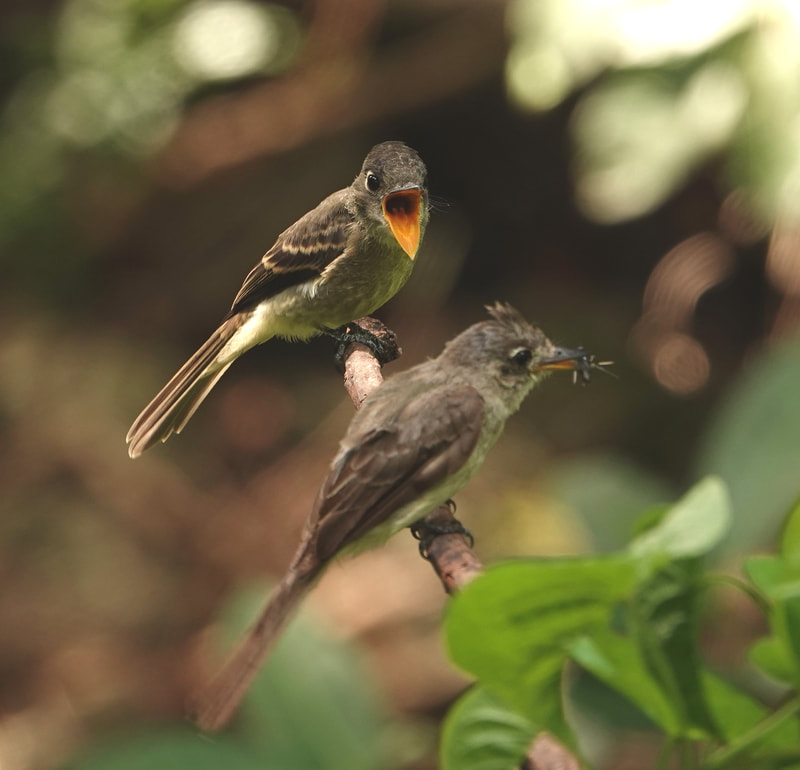
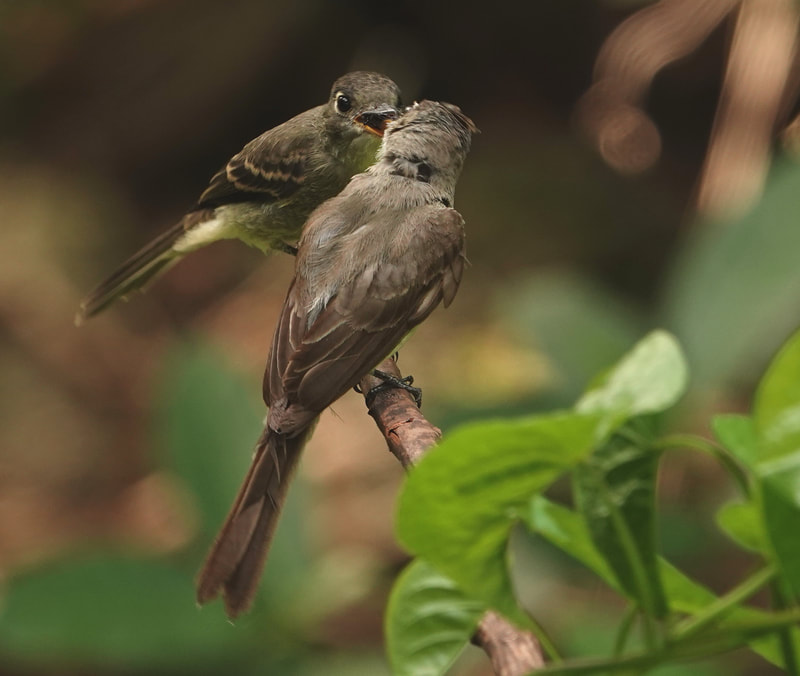
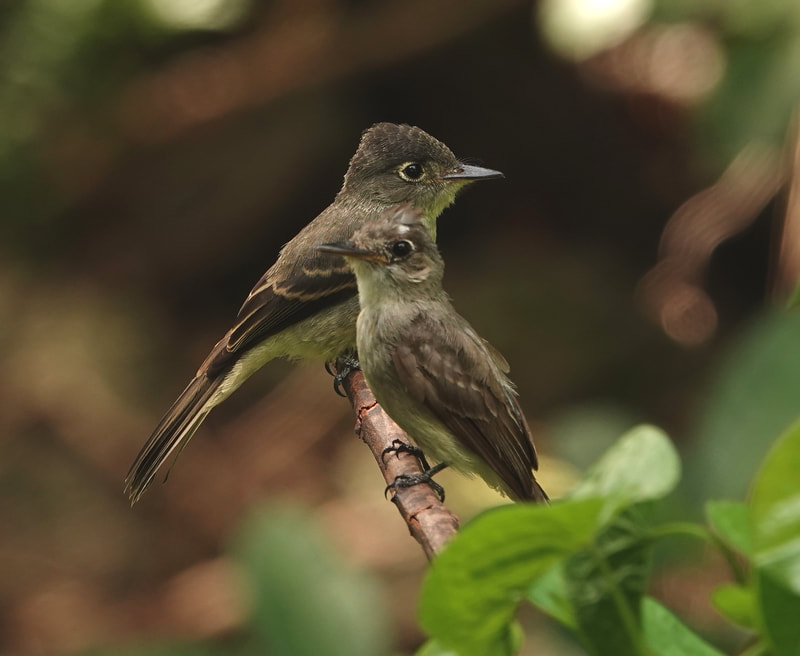
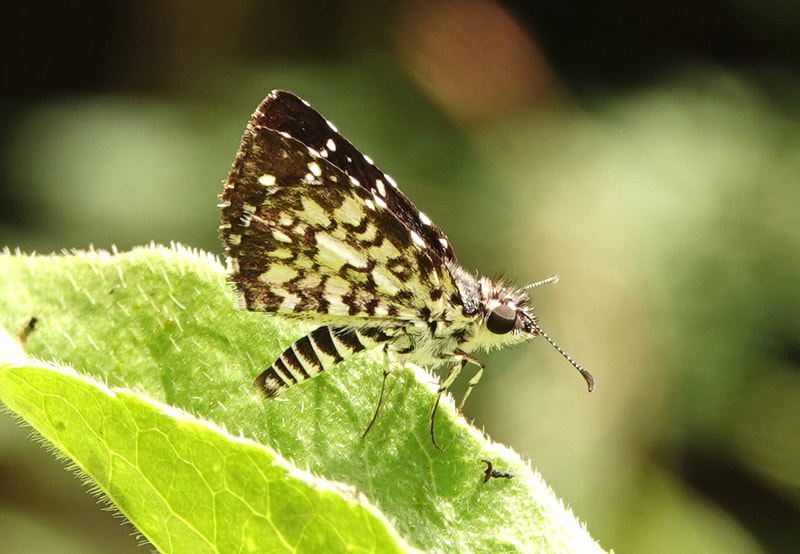

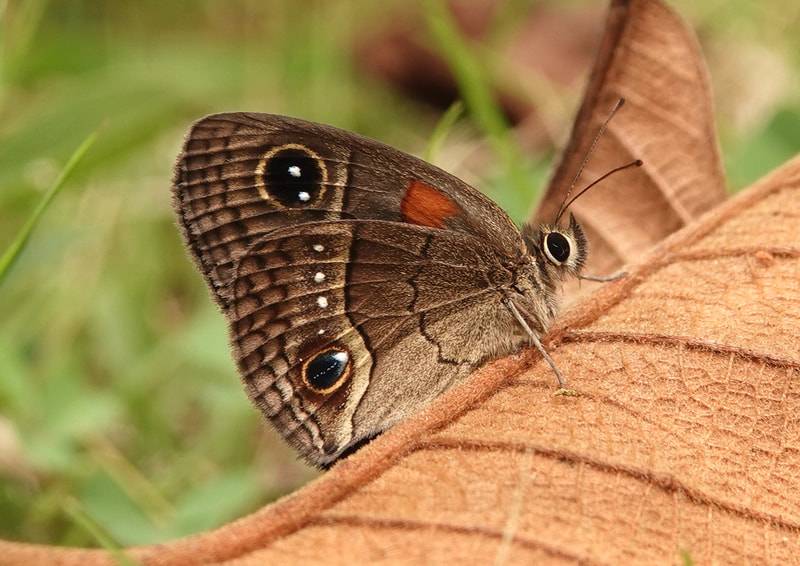
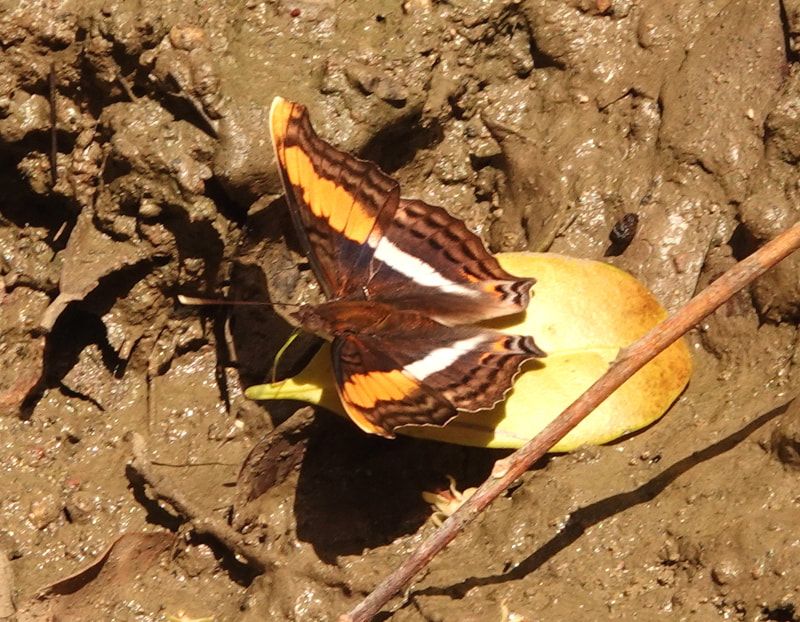
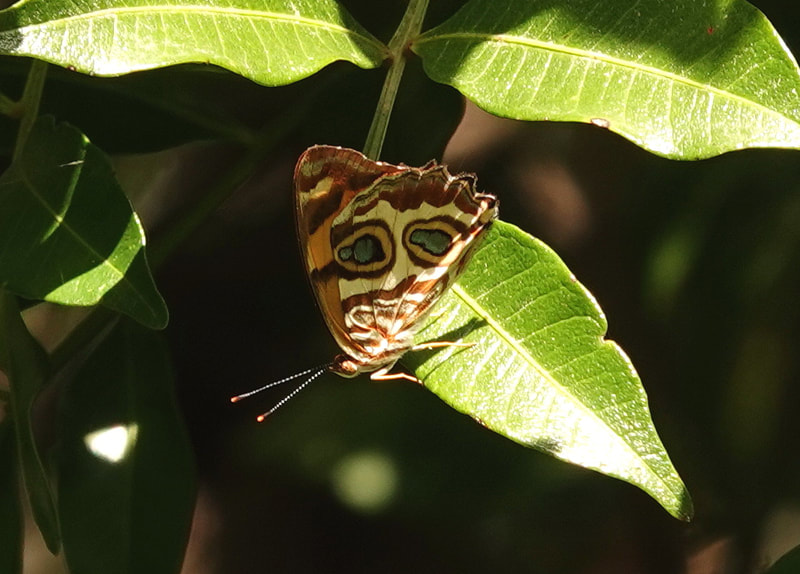
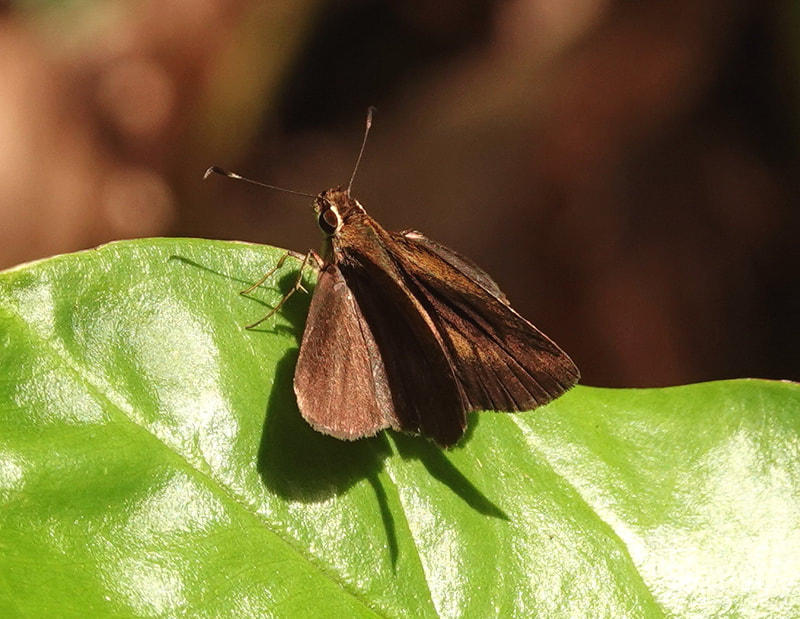
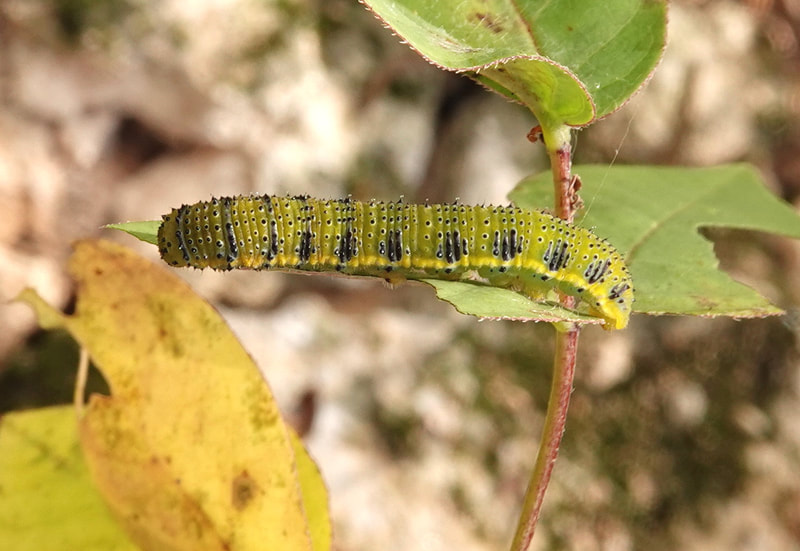
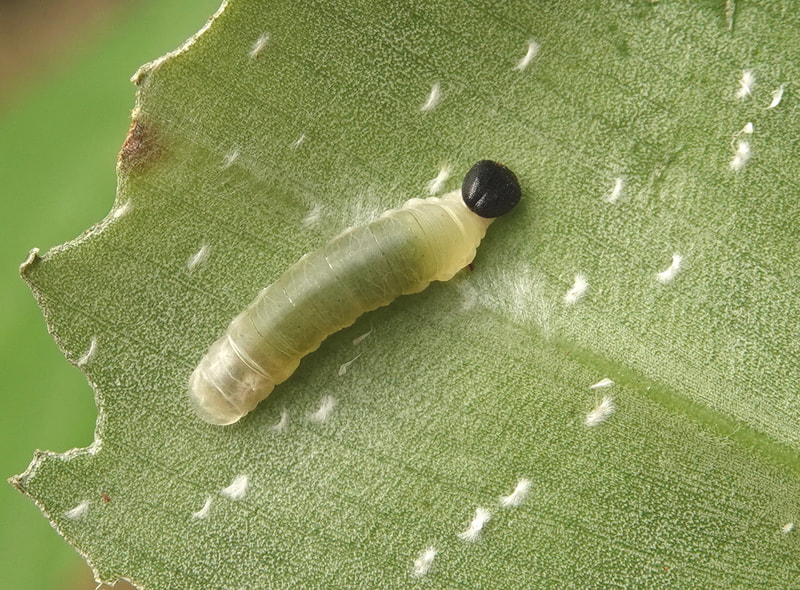
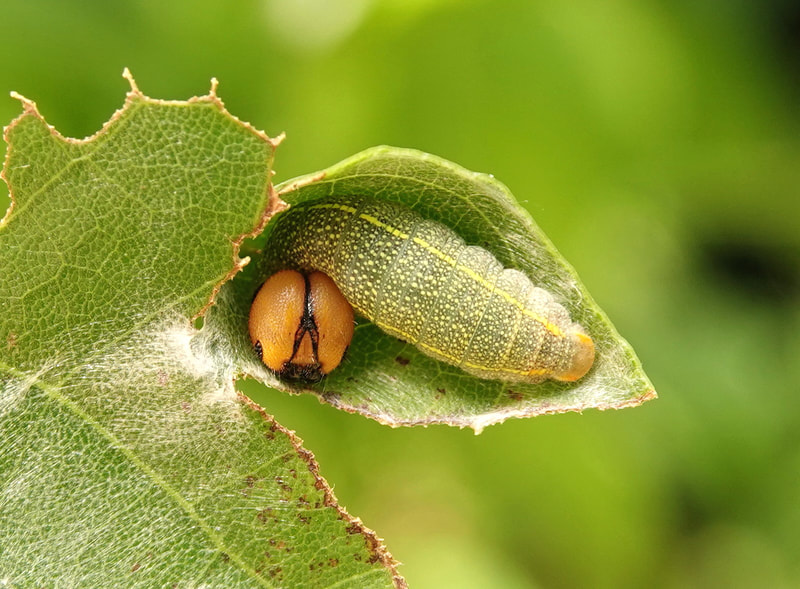
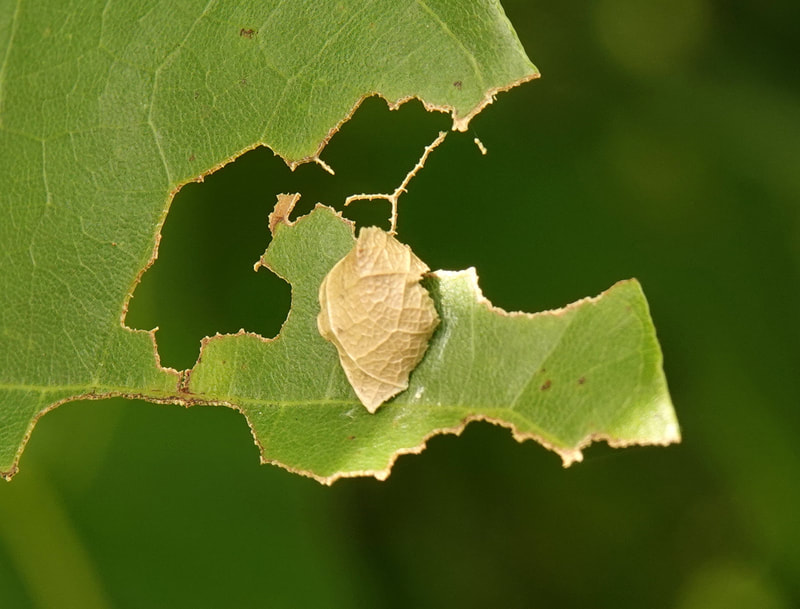
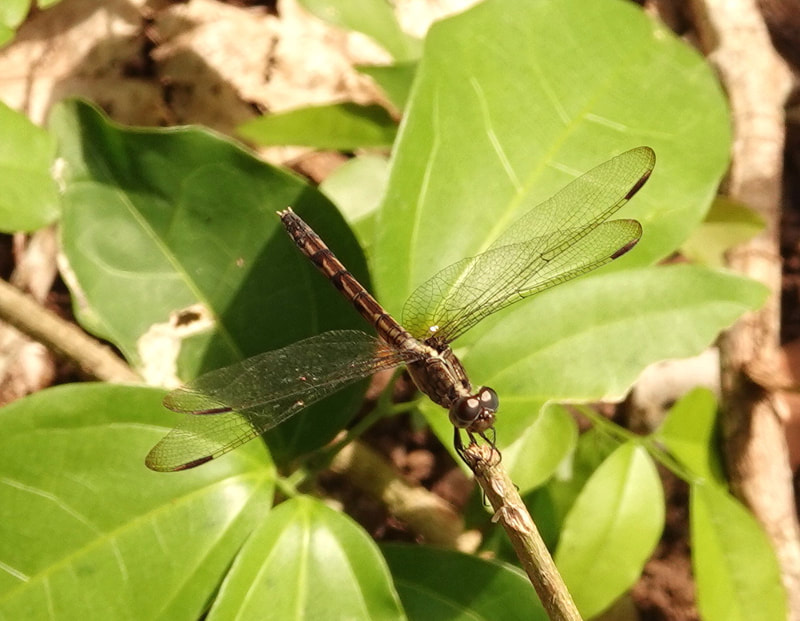
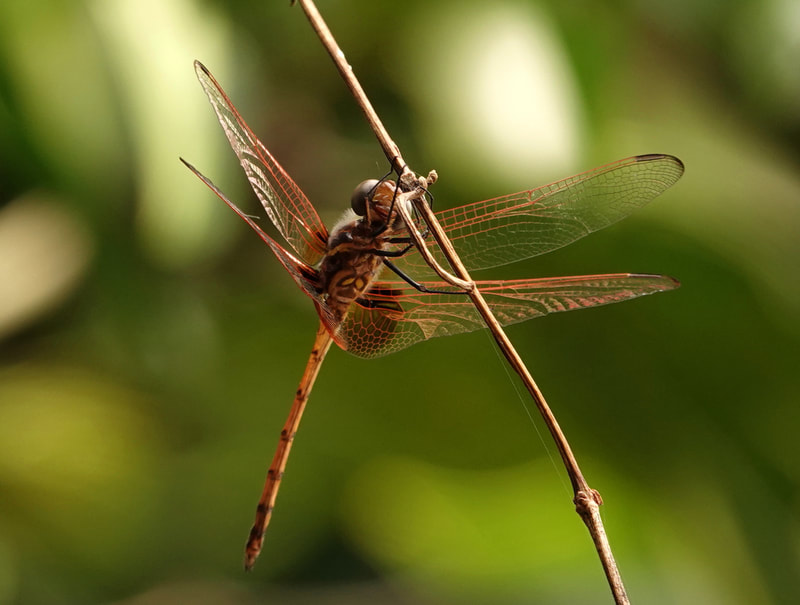
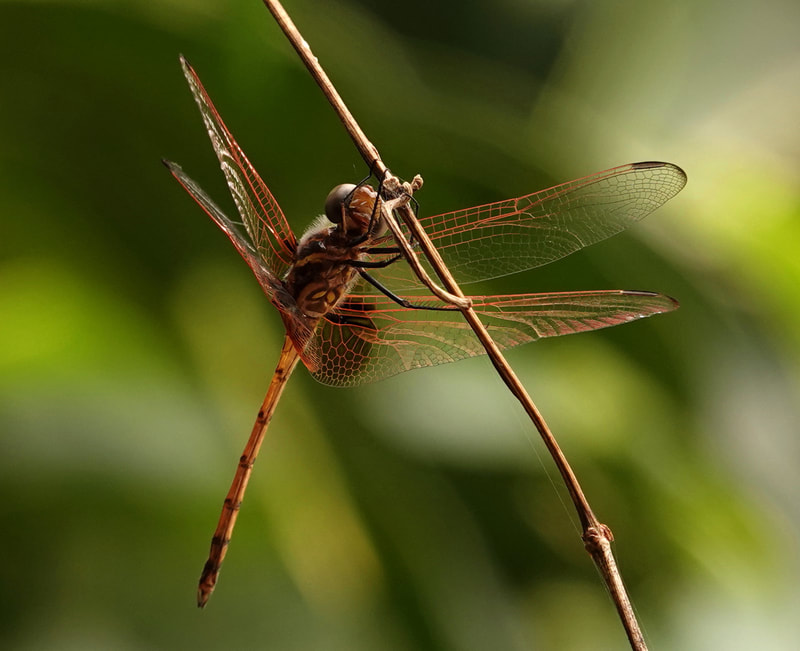
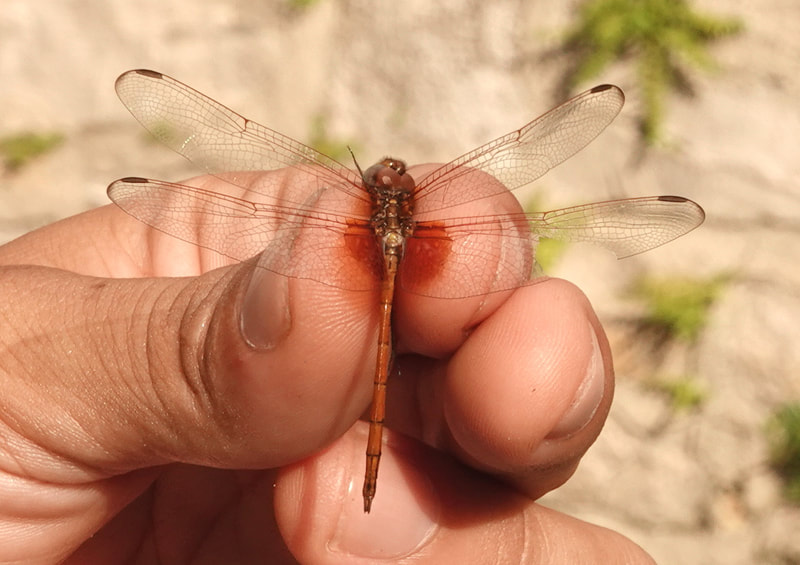
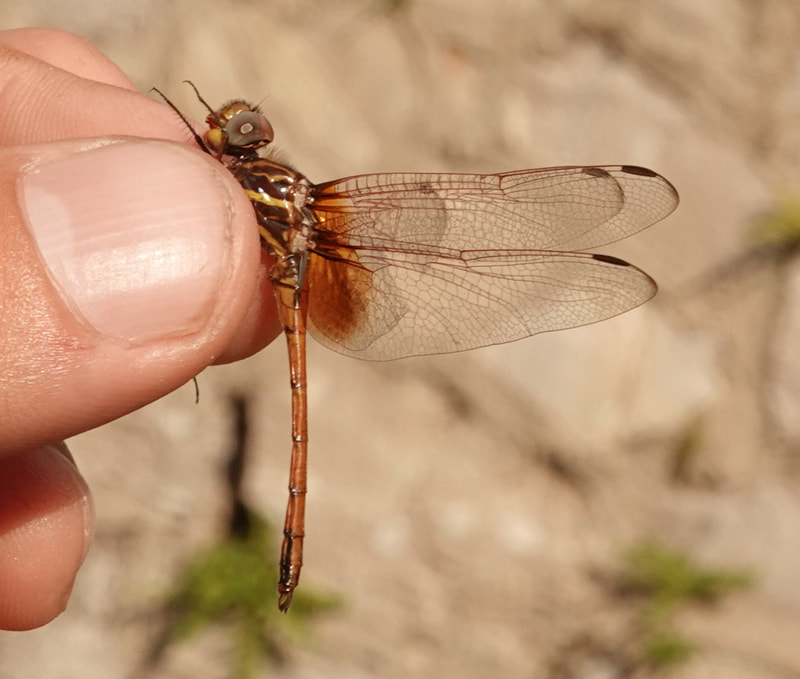
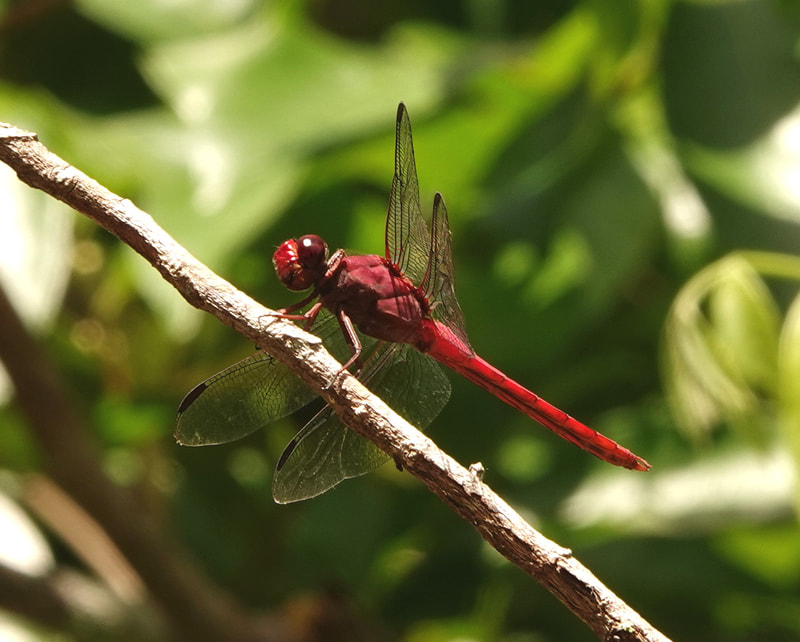
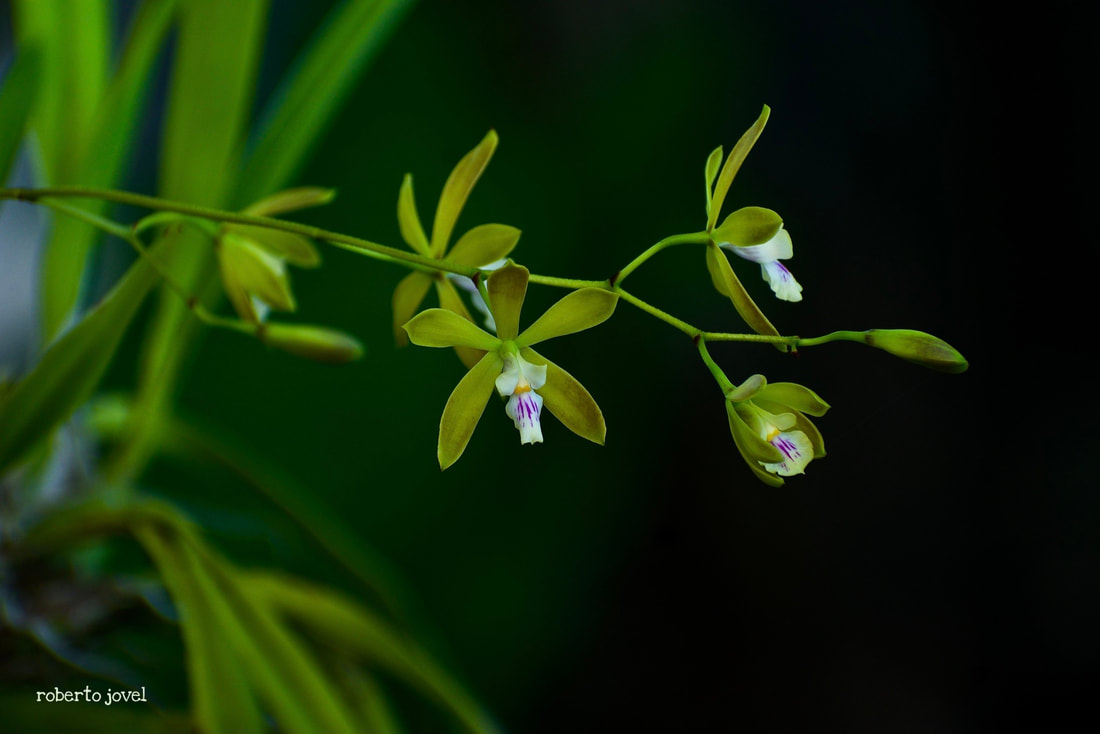
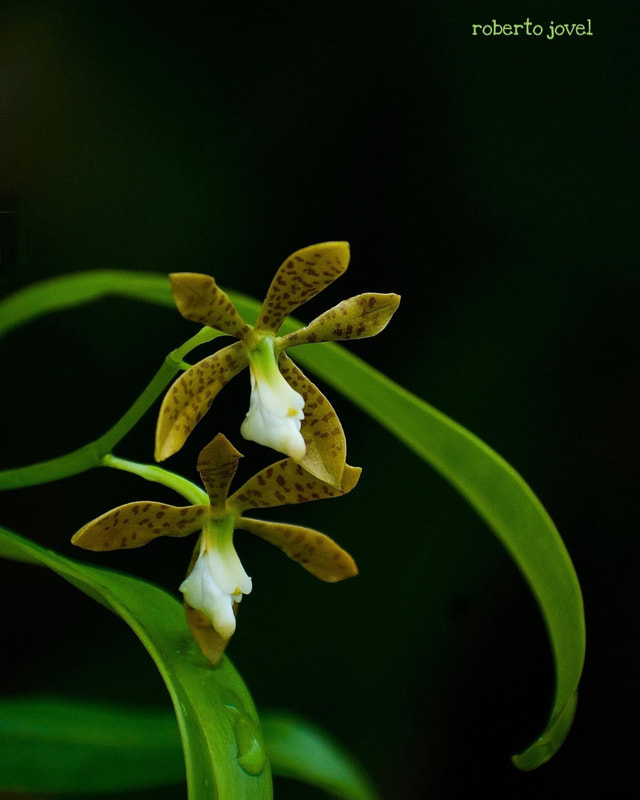
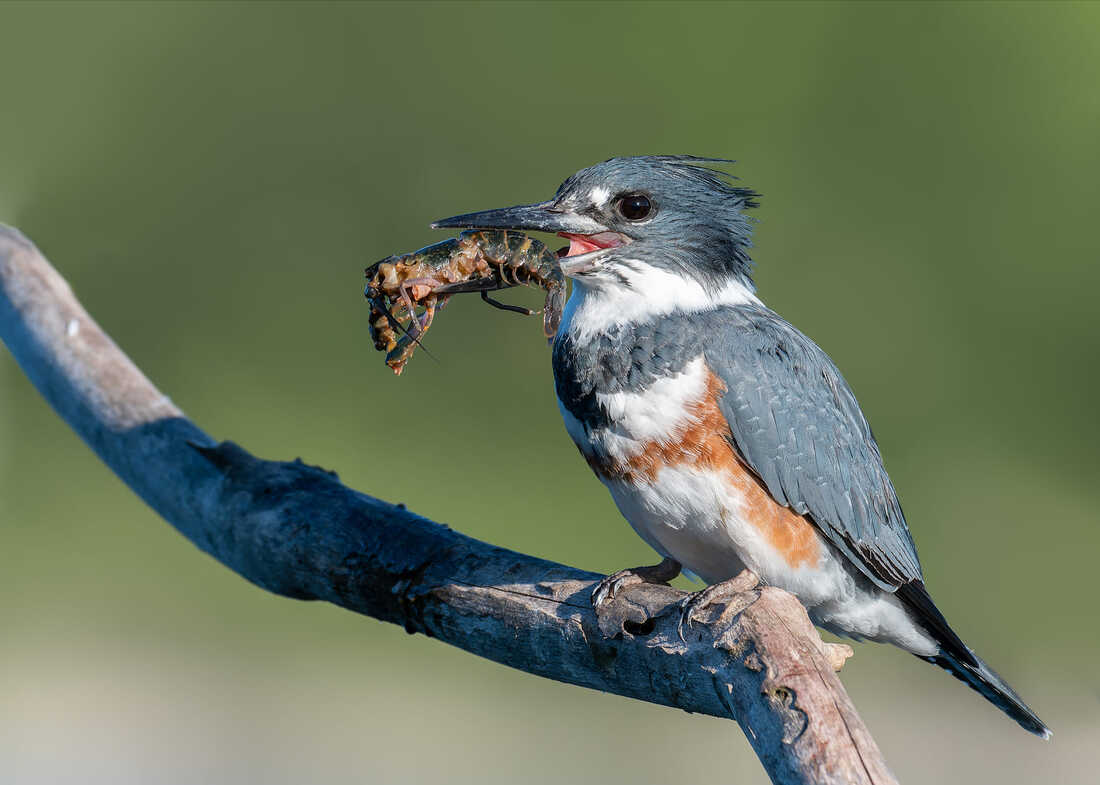
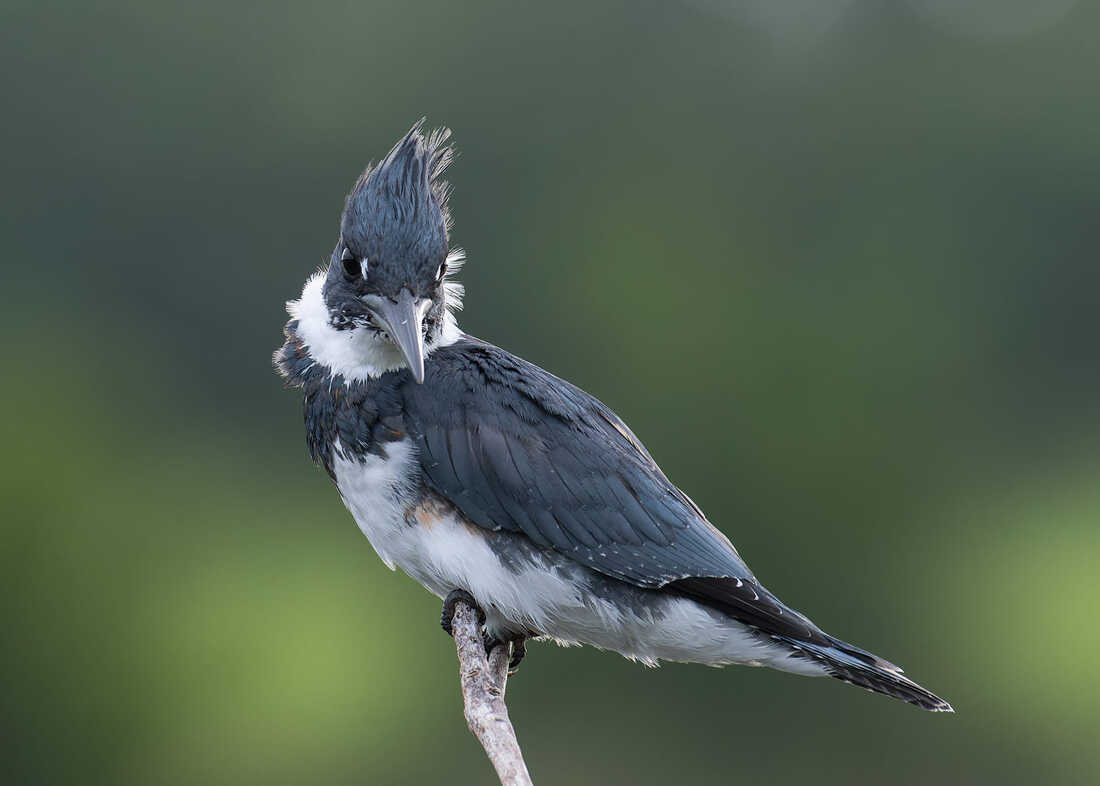
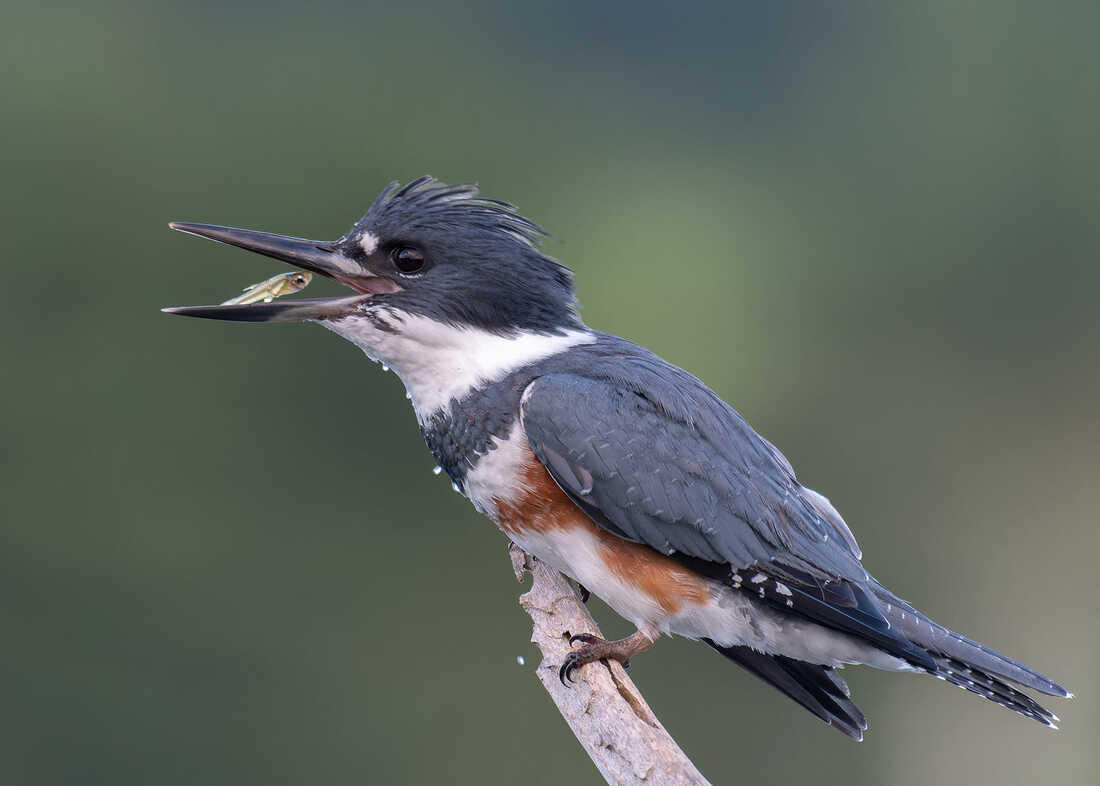
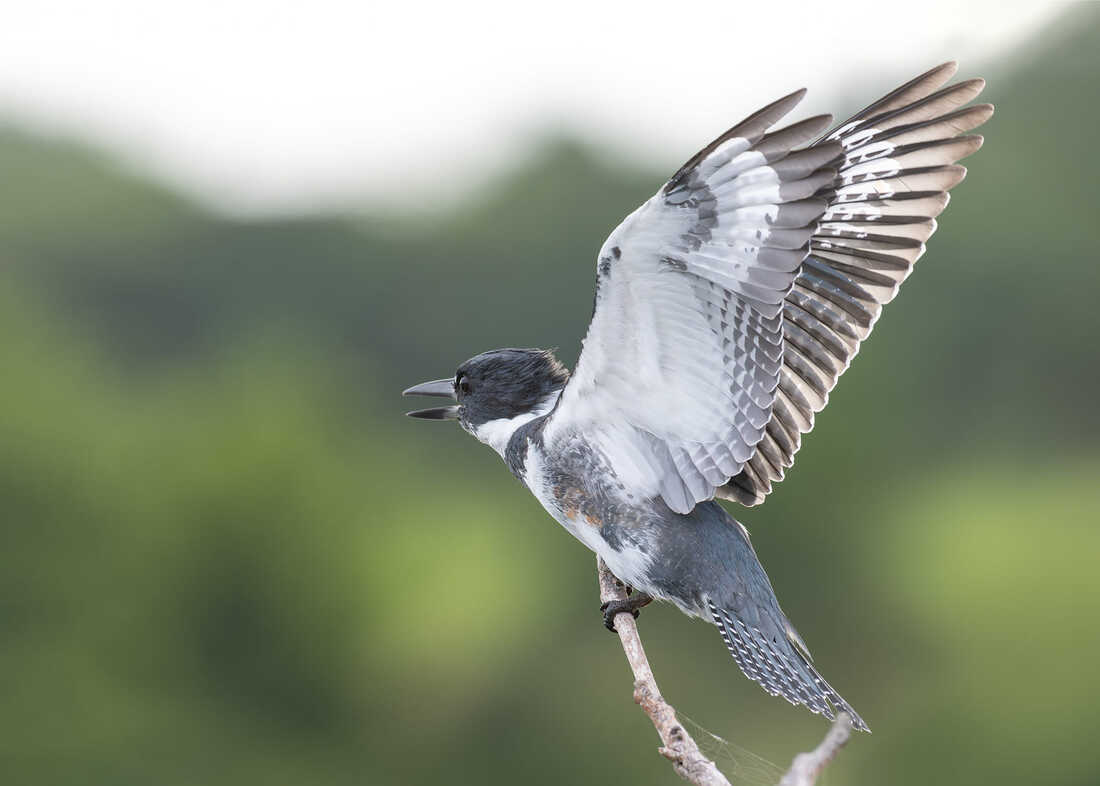
 RSS Feed
RSS Feed